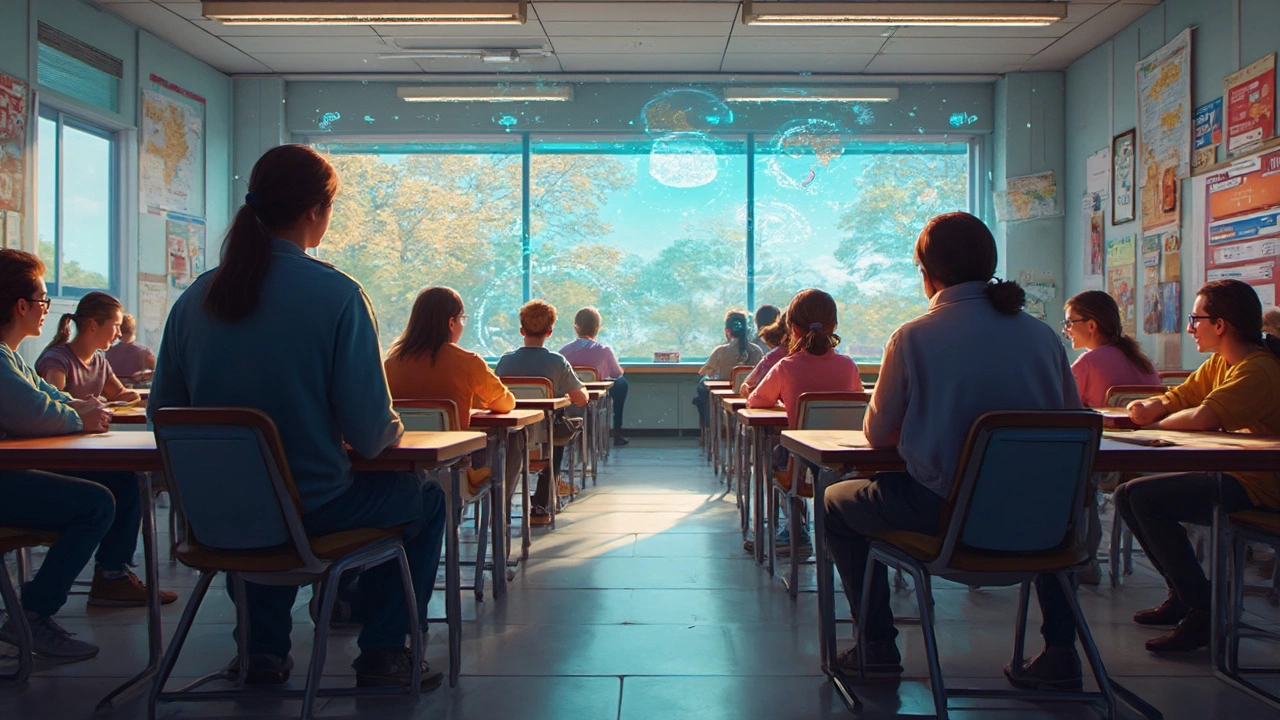High School Evolution: What’s Really Changing in Modern Schools?
High schools today look nothing like they did a decade ago. Gone are the days when chalkboards and rigid rules ruled the halls. Now, students juggle Google Classrooms, AP courses, social challenges, and skills their parents never dreamed of.
The drive for innovation is everywhere. Got a question about a class project? Most students search the answer online or video chat with peers. Digital textbooks, interactive learning apps, and virtual lessons are now part of the daily grind. It’s not just more fun—these tools teach real-world skills like problem solving, adaptation, and self-motivation.
It’s not all about tech, though. High schools are under pressure to help students build life skills, not just ace tests. Schools offer programs around mental health, financial literacy, teamwork, and communication. Ever joined a team debate, peer support group, or budgeting club? These aren’t just resume boosters—they help teens navigate real life.
Social issues are everywhere too. Schools can’t ignore bullying, diversity, or mental health struggles anymore. You’ll see schools launching empathy workshops, installing meditation rooms for stress, or rolling out lunch tables just for connecting students who feel left out. These are small changes, but they can make a world of difference when you’re anxious or feel out of place.
Classes are evolving fast. Think back—hardly anyone took AP classes years ago, but now, some ambitious students take ten or more. Electives range from coding to entrepreneurship. Does everyone need 14 APs? Not at all, but today, there’s more flexibility so students can go after what excites them.
The challenges are real, though. Standardized testing pressures still stress out students and teachers. Digital divides mean not everyone can join the online revolution equally. There’s a constant push and pull—how do you balance tech with in-person teaching, tradition with innovation?
And don’t forget about student life. High school is still social, sometimes awkward, usually busy. School clubs, sports, and events are just as much about finding your crew as padding your college application.
The biggest shift is that high schools now openly talk about change. Want to study robotics? There’s a place for you. Need help with anxiety? You can get it. Dream of starting your own business? Some schools have programs for that.
The point is, high school isn’t just about memorizing facts anymore. It’s about adapting, finding what drives you, and building the confidence to face what comes next—college, career, or life’s curveballs. If you’re a parent, student, or educator, knowing how high schools are evolving can help you make the most of these years instead of just surviving them.

High schools in the 21st century have metamorphosed in response to the rapid changes in society and technology. From incorporating digital learning tools to embracing personalized education plans, these institutions are shifting to meet the needs of today's students. The article explores how high schools are evolving to provide a more inclusive and relevant educational experience, tailored to preparing students for the future landscape. It also delves into the integration of life skills into curriculums to ensure students are well-rounded individuals ready for the challenges beyond the classroom.
- Read More